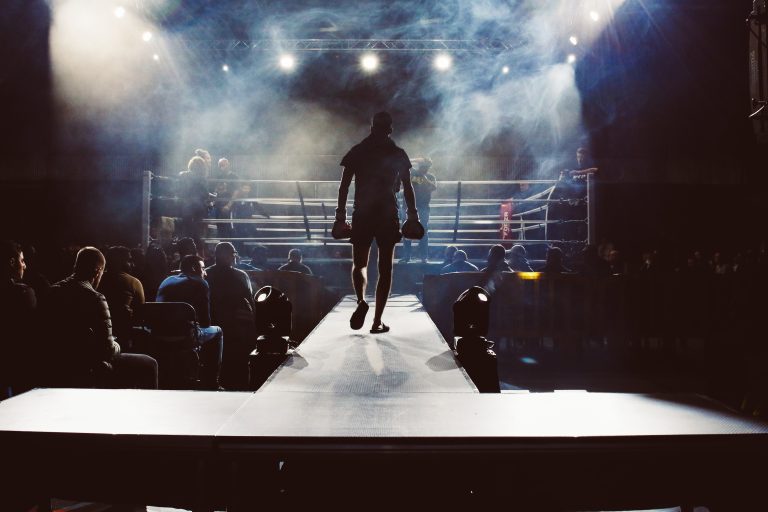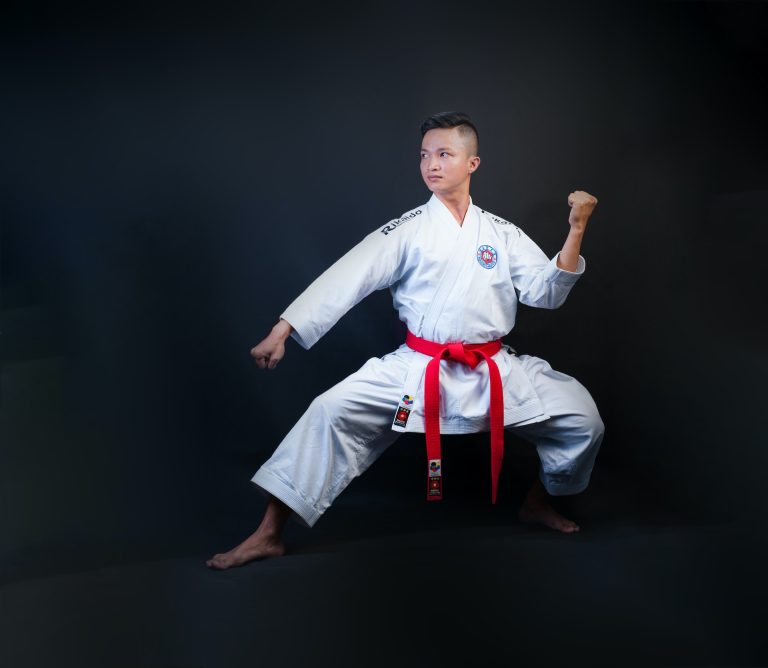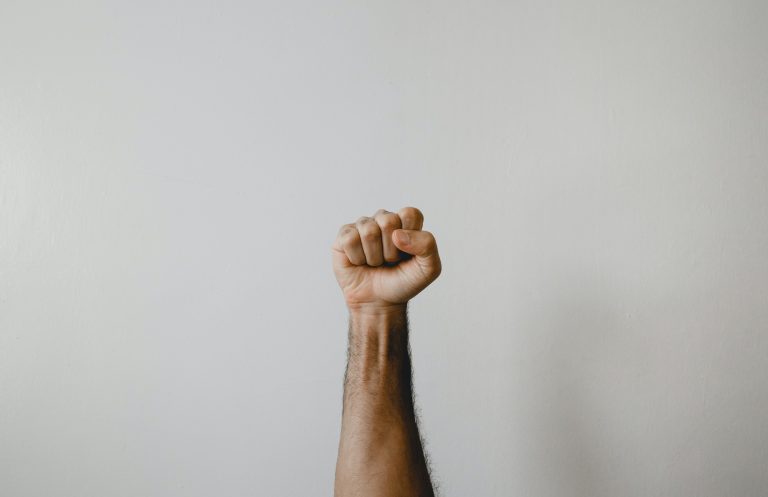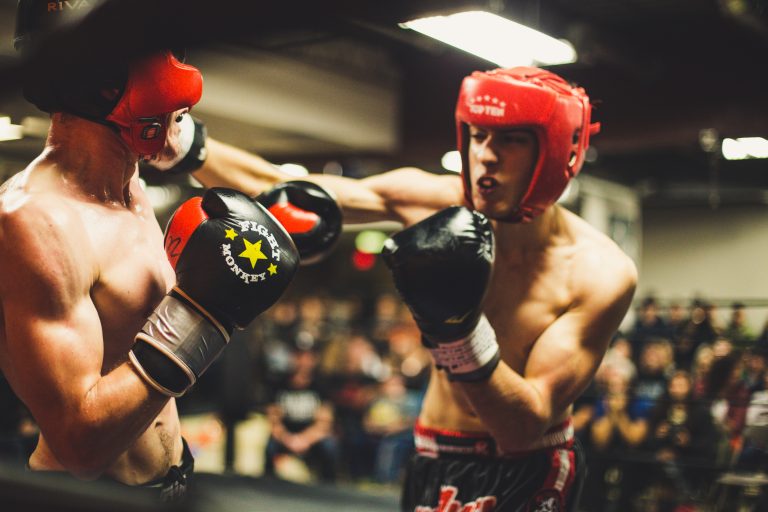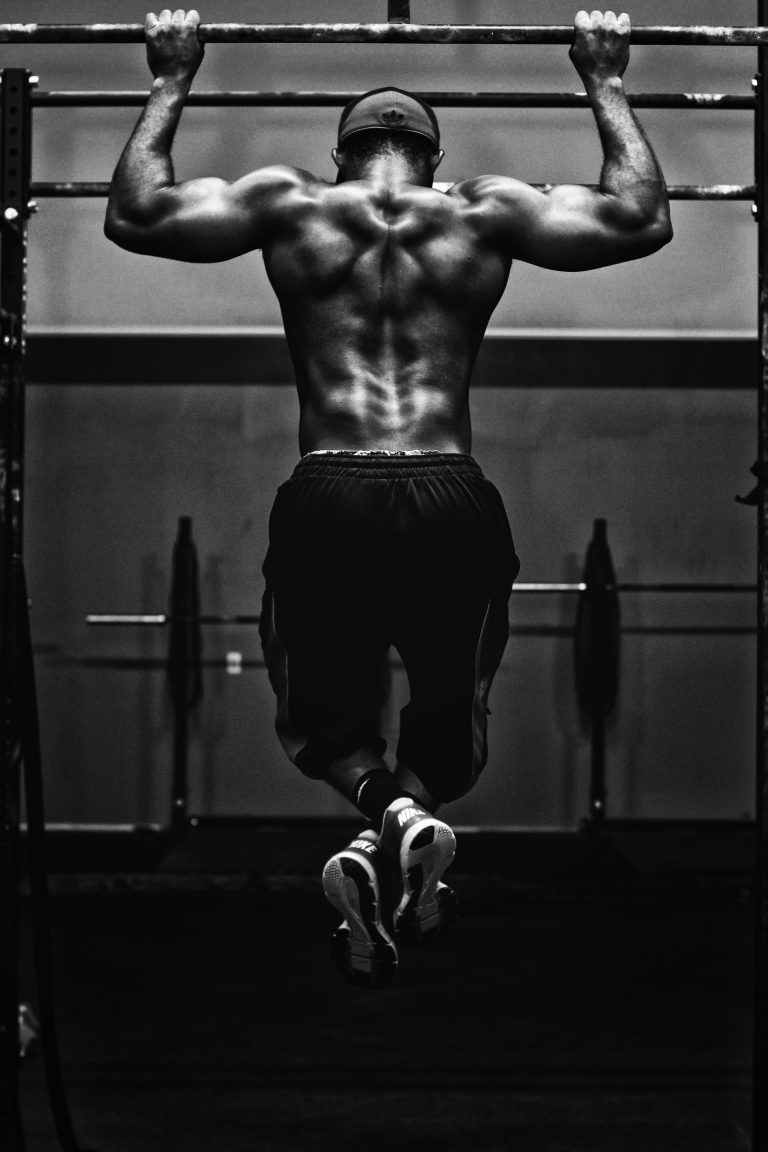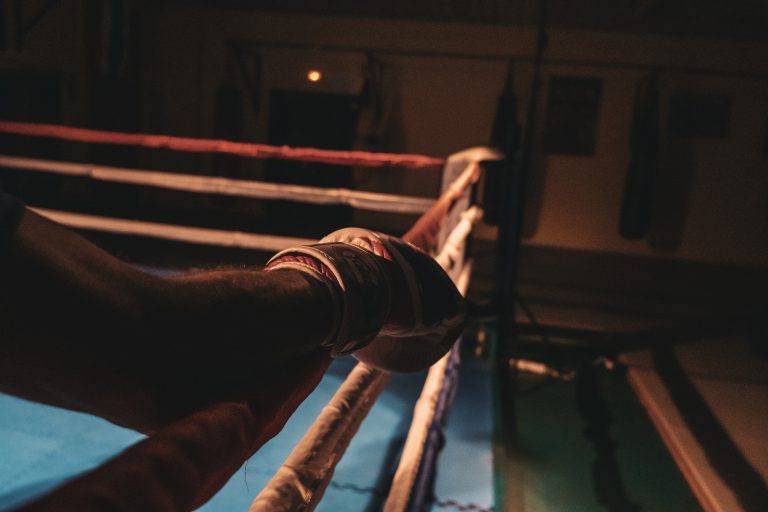Everything You Need to Know About Karate Traditional Rules
Karate is a martial art that has millions of adherents around the world and a long history that can be traced back to the Ryukyu Kingdom in Okinawa in the mid-nineteenth century. Although the sport has developed and changed in many ways over the years, a set of traditional rules still forms the basis for many competitions and demonstrations. In this blog post, we’ll take a closer look at karate traditional rules, explain some of the nuances, and help you understand how these rules are used in practice today.
What Are the Traditional Karate Rules?
Karate traditional rules are focused on upholding the core values of martial arts as a sport, such as respect for opponents, equality, honesty, and self-control. In competitions, these values are combined with rules that help to ensure fairness and reduce the risk of injury. The rules vary slightly between organizations, but broadly they state the following:
- Players must be dressed in traditional martial arts attire and have their hair neatly tied back.
- Players must have clean hands and nails.
- Only light contact should be used; no hard or uncontrolled strikes are permitted.
- Kicks should be aimed at the body, not the head.
- Players should face their opponent squarely.
- Players should bow when beginning or ending a match.
Often these rules are supplemented with additional guidelines depending on the organization and type of competition. For instance, organizations such as the World Karate Federation have additional regulations related to what type of equipment is allowed and the size of the area in which a match takes place. These details help to clarify how the core values of martial arts and respect should be applied in practice.
The Role of Referees in Karate Rules
The referee plays a key role in determining whether the rules of karate are being followed during a match. Referees are familiar with the detailed rules of each organization and are responsible for ensuring safety, judging techniques correctly, and enforcing the rules during matches.
For instance, referees may need to assess whether a particular move is considered “light contact” or should be penalized as “recklessness” or “dangerous technique”. They may also need to determine if a strike is aimed at an appropriate part of the body or if there has been an intentional breach of the rules by one of the competitors.
In addition to making decisions during matches, referees also have an important role in providing guidance, instruction, and feedback to competitors. In this capacity, they may help competitors understand the details of a particular rule or provide feedback on their technique to help them improve their performance.
How Are Traditional Karate Rules Used Today?
Since its inception, karate has changed and developed in many ways. For instance, there are now many styles of karate, including Kyokushin karate and Shotokan karate, as well as more contemporary disciplines such as sport karate. As a result of these changes, many different rulesets have been adopted for competitions and demonstrations.
However, despite the changing rulesets, the traditional set of karate rules still serves as an important foundation for many matches. This is especially true for tournaments held by organizations such as the World Karate Federation, which uses its traditional set of rules for its major events. The traditional set of rules are also used in other organizations such as the All Japan Karate Federation (AJKF) and in demonstration matches held across the world.
Conclusion
Karate traditional rules have been an important part of this martial art since its beginning in Okinawa in the mid-nineteenth century. These rules provide an important foundation for karate competitions, ensuring fairness, respect for opponents, and reducing risk of injury. The core values of these rules have been adapted to create new rulesets for specific styles or organizations but are still used commonly for competitions today. With a greater understanding of these traditional rules, you’ll be well placed to participate in or attend karate matches with confidence.
Everything You Need to Know About Karate Traditional Rules
Karate is a martial art that originated in Okinawa, Japan. It is a physical and mental discipline that focuses on self-defense. Karate has a rich history and tradition that involves a set of rules and principles that govern the practice. In this blog post, we will answer some of the frequently asked questions about traditional rules in Karate.
What are the Three Pillars of Karate?
In Karate, the three pillars are Kihon, Kata, and Kumite.
Kihon: This is the fundamental technique of Karate. Kihon consists of basic stances, punches, blocks, and kicks. It is the building block of Karate.
Kata: It is a form of pre-arranged movements that simulate fighting techniques. Kata is a way of practicing Karate techniques in a traditional and systematic way.
Kumite: Kumite is sparring, which is a physical practice of the techniques learned in Kata and Kihon.
What is the Purpose of Karate Traditional Rules?
The purpose of Karate traditional rules is to promote discipline, respect, and humility. Karate emphasizes the importance of etiquette, sincerity, and self-control. These values promote a peaceful coexistence and overall well-being of the individual.
What is Karate Dojo?
The Karate Dojo is a training hall where Karate is practiced. It is a place of respect, discipline, and tradition. The Karate Dojo is where students gather to learn Karate and practice the techniques with others. The Dojo is a sacred place that demands a high level of respect and discipline.
What is the Significance of Bowing in Karate?
Bowing is an essential aspect of Karate. It is a sign of respect and humility. Bowing is performed when entering and leaving the Dojo, when greeting the instructor, and when sparring with a partner. The bow signifies the willingness to learn and the respect for the practice.
What is the Role of the Sensei in Karate?
The Sensei is the teacher or instructor of Karate. The Sensei is responsible for teaching the techniques, guiding the students, and promoting the values of Karate. The Sensei is respected and admired, and his or her teachings are followed with discipline and dedication.
What is the Purpose of Karate Belts?
Karate belts signify the level of proficiency and experience of the practitioner. The color of the belt represents the level of expertise, with white as beginner and black as the highest rank. Karate belts are not a measure of superiority, but rather a representation of the dedication and effort put into the practice.
What is the Role of Kata in Karate Training?
Kata is an essential part of Karate training. Kata is a pre-arranged series of movements that simulate fighting techniques. The purpose of Kata is to practice Karate techniques in a traditional and systematic way. Practicing Kata improves techniques, focus, and discipline. It is an integral part of the Karate tradition and enhances the overall Karate experience.
What is the Role of Kumite in Karate Training?
Kumite is the sparring part of Karate training. Kumite is a physical practice of the techniques learned in Kata and Kihon. Kumite is used to improve techniques, reflexes, speed, and endurance. It is a test of the practitioner’s ability to apply the techniques in a real-life situation.
What are the Karate Competition Rules?
Karate competition rules vary depending on the type of competition. In general, the rules prohibit strikes to certain areas of the body, such as the groin, throat, or back of the head. Points are awarded for techniques that land in specific areas of the body, such as the head, chest, or abdomen. The winner is determined by the number of points scored, or by a knockout.
Conclusion
Karate tradition rules are an essential aspect of the martial art. The rules promote discipline, respect, and humility, and they enhance the overall Karate experience. In this blog post, we have answered some of the frequently asked questions about Karate traditional rules, including the three pillars of Karate, the purpose of bowing, the role of Sensei and kata, the significance of Kumite, the meaning of Karate belts, and the Karate competition rules. Karate is a discipline that requires dedication, focus, and discipline, and adhering to traditional rules is a crucial aspect of the practice.
Inhaltsverzeichnis

